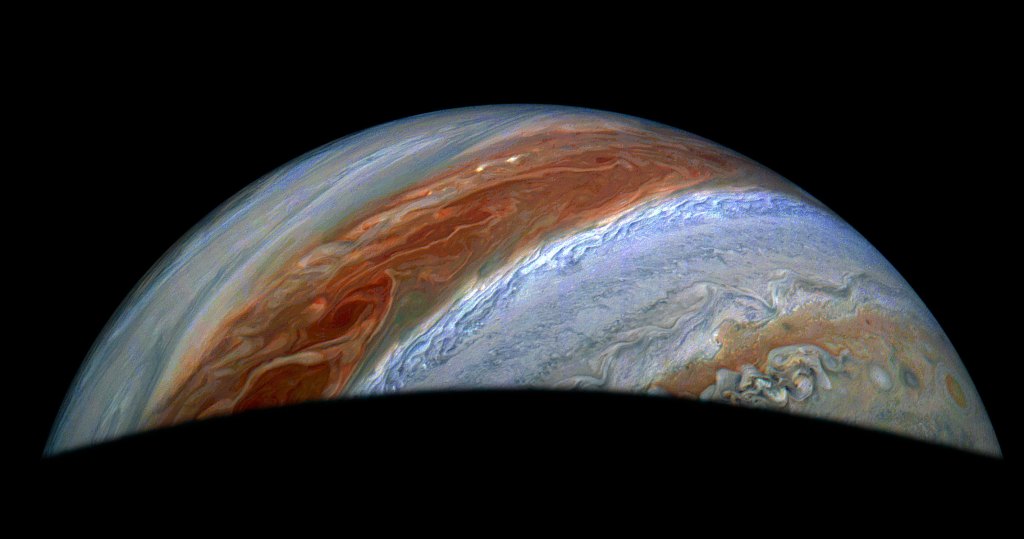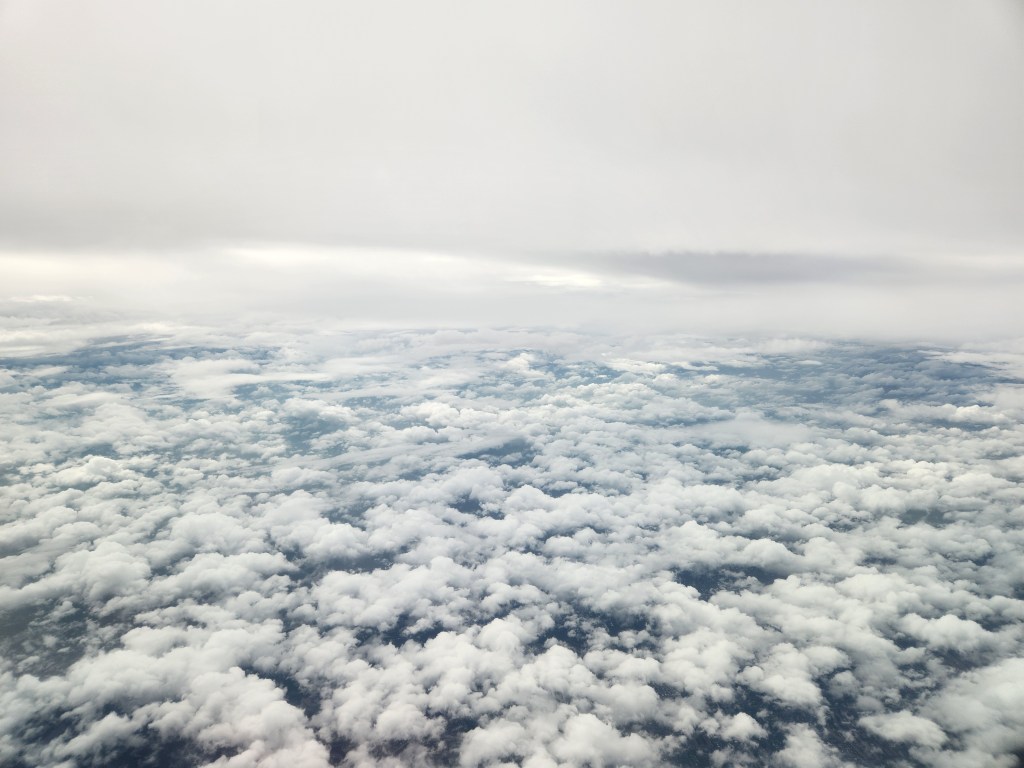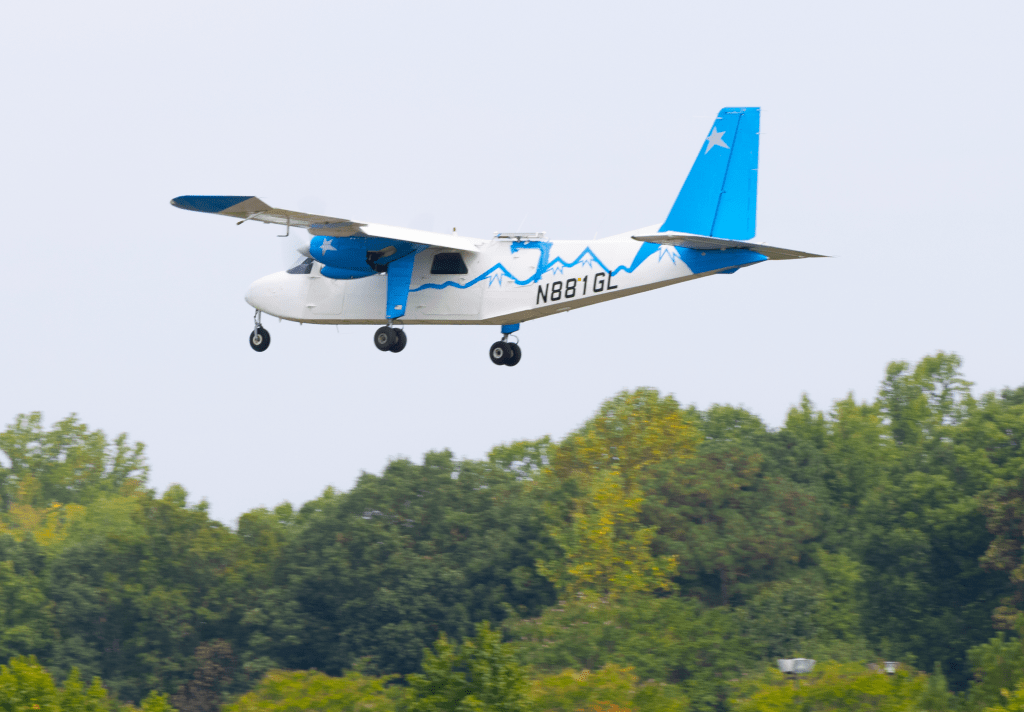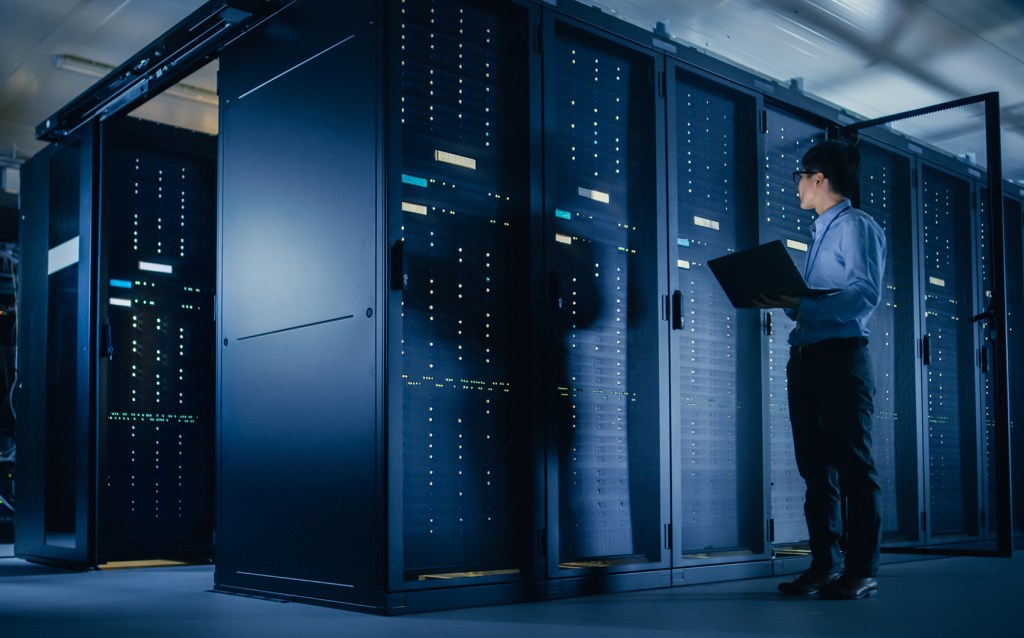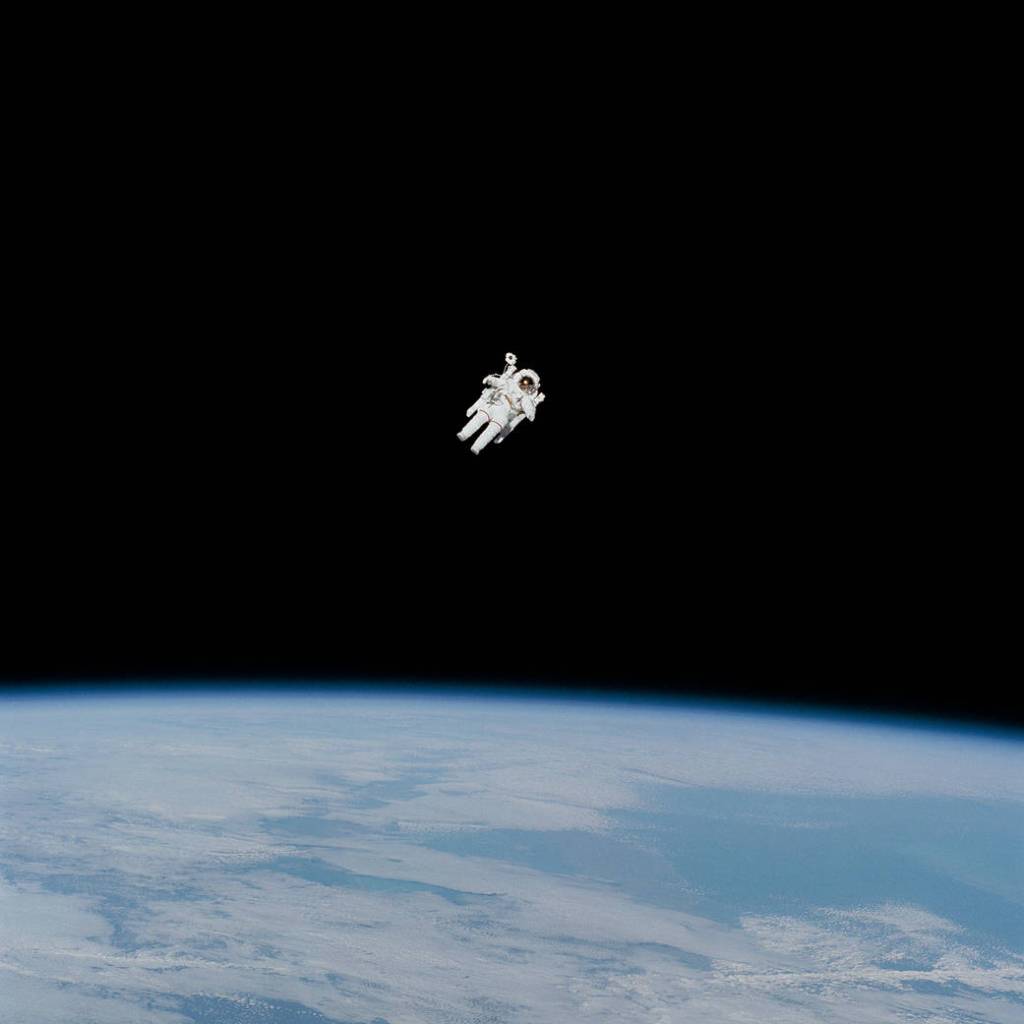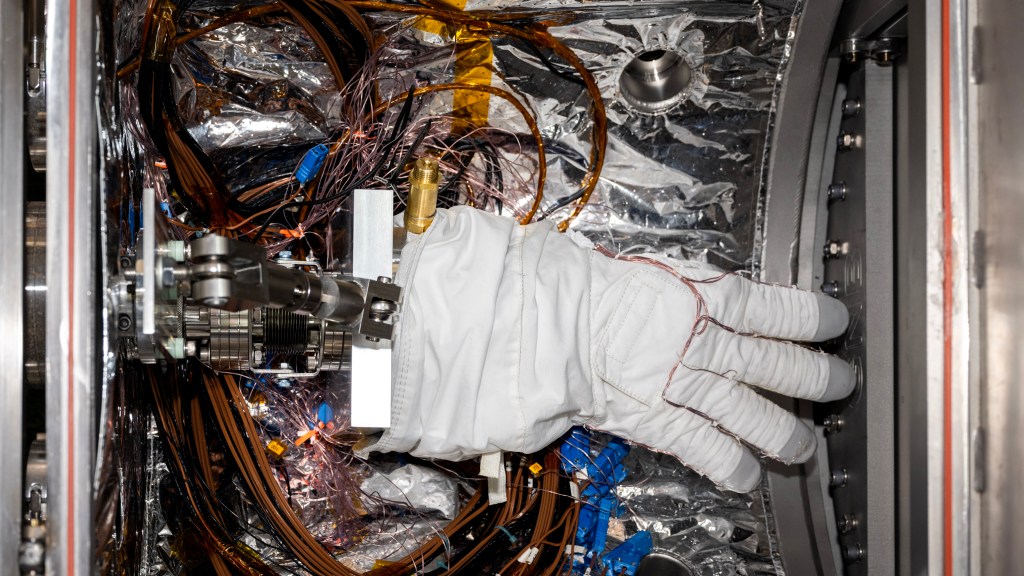
Dalia Kirschbaum
Director, Earth Sciences Division, Goddard Space Flight Center
Contents
- Education
- What first sparked your interest in space and science?
- How did you end up working in the space program?
- Tell us about your job. What do you do?
- What's one piece of advice you would give to others interested in a similar career?
- What has been your biggest challenge, professional or personal, and how did you overcome it?
- Who inspires you?
- What have been some of your favorite projects to work on?
- What are some fun facts about yourself?
- What is your favorite space image and why?
Education
St. Louis Park High School
Princeton University
Geosciences
What first sparked your interest in space and science?
I first really became interested in science and the applications of data to real-world problems when I took a course my freshman year of college on environmental issues. I was particularly drawn to the study of natural disasters – not only how they occurred, but how we can use innovative science to better anticipate the consequences of disasters impacting society. From that class and in subsequent ones, I found a home for my love of math, as I connected it with real-world questions about our environment and the extremes within it that we experience around the world.
How did you end up working in the space program?
When I went to graduate school at Columbia University, I applied for an Earth systems fellowship at NASA to support my graduate studies. I was fortunate to be accepted into that program and then continued on to an internship one summer during my doctoral studies at NASA’s Goddard Space Flight Center. Following graduation, I was accepted as a NASA postdoctoral program fellow in the hydrology lab at NASA Goddard. I was hired on as a civil servant shortly after finishing my post-doc and I never left!
Internships are key! Take the time to talk with scientists whose careers inspire you, and find out what their path was in the field.- Dalia Kirschbaum
Tell us about your job. What do you do?
I have the great fortune of leading an incredible interdisciplinary organization of scientists, technologists, and support staff that study Earth as an integrated system through mission development and implementation, modeling and data analysis.
Every day I get to tackle a new challenge, learn some new science, or find ways to connect the data, models, and scientific insights that we develop to people who can make meaningful decisions about the future of our planet. The best part of my job by far are the amazing people with whom I work, including scientists who are engaged in satellite mission planning and implementation, those who focus on Earth system model development, people working on analyzing and translating data for stakeholders, and those supporting the workforce and organization to move us forward. Every day looks a bit different, involves a lot of meetings, and (mostly) leaves me smiling at the end of the day.
What's one piece of advice you would give to others interested in a similar career?
Internships are key! Take the time to talk with scientists whose careers inspire you, and find out what their path was in the field. Seek out opportunities to get your foot in the door to learn about what day-to-day life is like in these types of professions. Finally, be persistent!
What has been your biggest challenge, professional or personal, and how did you overcome it?
I have mostly charted my own career path, be it in my Ph.D. and research at NASA or pursuing leadership opportunities. This has been both a blessing and a challenge. At the beginning of my research in landslide hazards, there weren’t many teams focusing on the same issues that I wanted to, which often felt a bit lonely. I frequently went to meetings and conferences by myself, not knowing many people, but I was determined to learn and connect with people. I used these opportunities to network, spark my curiosity for new science questions, and develop a community. It takes a lot of guts sometimes to go up to someone who is renowned in their field and introduce yourself, but that is often what it takes to move ahead.
In the last decade, the most rewarding challenge I have taken on has been balancing a growing family and an active career. This has required me to be focused, organized, and realize that sometimes balls get dropped, and as long as you have a team to help (on the work or home front), you will get through it. This will be an ongoing challenge, but one that I feel keeps me grounded and focused on what is truly important.
Who inspires you?
I have worked with many wonderful female role models at NASA and in the academic community who have demonstrated to me how to be an effective leader, kind colleague, and successful scientist. They have led by example in raising their own families while advancing in their careers. My mother is also a tremendous source of inspiration as I watched her grow her dental practice, support our family with my father, and be a role model in our community.
What have been some of your favorite projects to work on?
One of the coolest experiences I have had at NASA is doing a live recording of the Global Precipitation Measurement (GPM) satellite launch. I had been working with the mission leadership team for the past 5 years and was asked to co-host live coverage of the launch, which was happening at Tanegashima Space Center in Japan. From my “broadcast desk” at NASA Goddard, I watched the rocket blast off, holding my breath until the fairings separated and seeing the satellite enter its orbit. It was exhilarating to experience the launch and know how many people worked for well over a decade to take this mission from concept to orbit. The GPM satellite and its constellation of other satellites from domestic and international partners continues to provide unprecedented data on rain and snow around the world.
Another exciting thing I’ve done is develop a citizen science website where people can log in and report landslides either near them or ones they have heard about in the news. It is impossible to get a comprehensive, global picture of where and when landslides are happening because of a number of other factors. So by encouraging the participation of the community, we can work toward getting a much better idea of how landslides affect us and our environment. We have already had some great contributions that have helped fill gaps in our knowledge for some areas, so I encourage anyone interested to check out our site and start reporting!
What are some fun facts about yourself?
I was a pole vaulter in college and also loved playing soccer (I still play though I lack the time these days!). I love to spend time with my family, cook when I have the chance, and explore.
What is your favorite space image and why?
One of my favorite images is Earth at night. It reminds us that we are intrinsically an interconnected community and of the power of satellites that help us understand our home planet.


